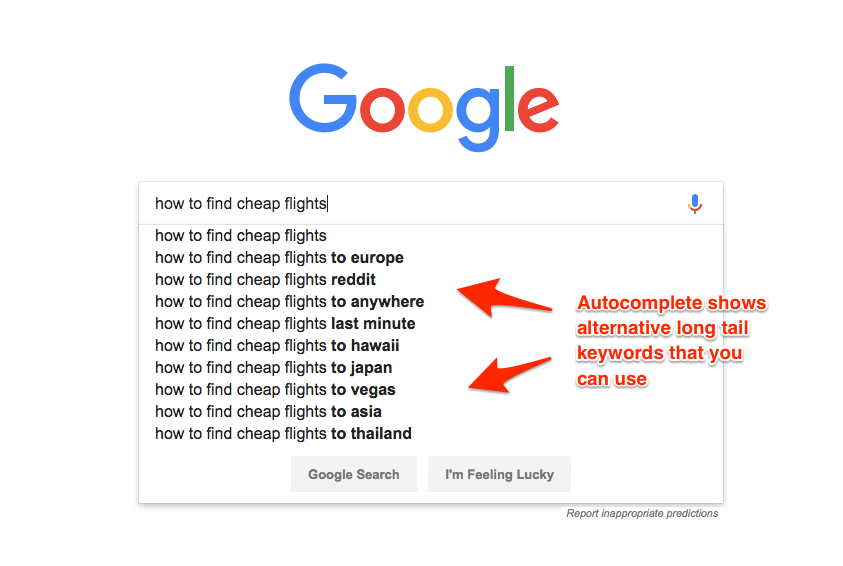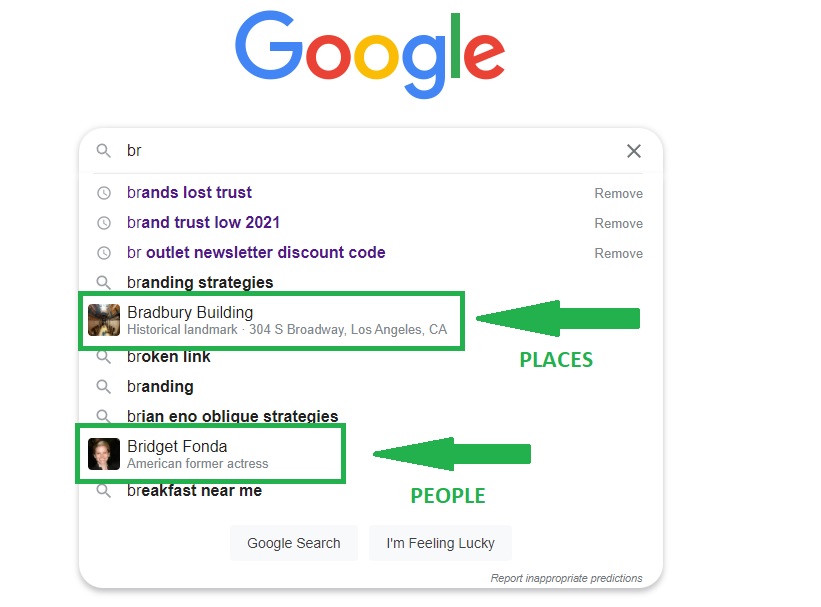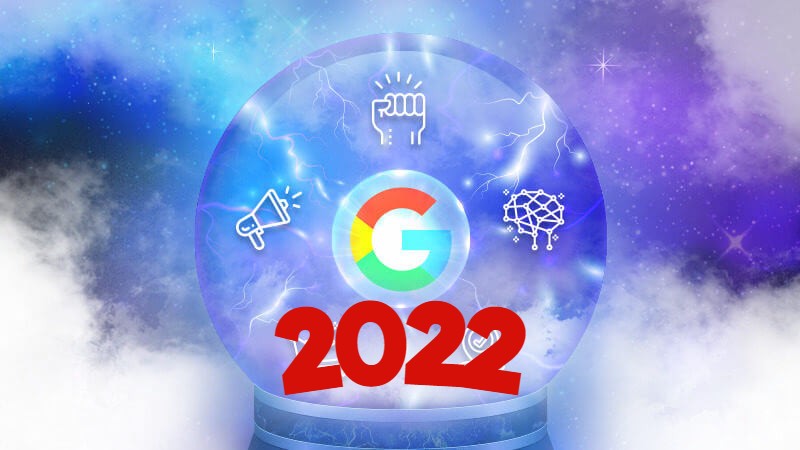Many SEO strategies are complex, robust, multifaceted and interwoven through on-site technical elements, content, and off-site authoritative fortification efforts. But sometimes, effective, strategic SEO tactics can be found and harnessed in places easily overlooked; within Google prime real estate, just beneath our queries.
This blog will explore:
- How we can harness Google Autocomplete search features to benefit SEO and Keyword Ideation
- How to use PAA (People Also Ask) to help your brand outrank and outperform via organic search.
Autocomplete – A SEO Strategy That Adds an Arrow to Your Quiver
Let’s begin with the essentials. You may wonder, what is Google Autocomplete and how does it work? Autocomplete has been a search feature for quite some time and, to this day, proves to be vastly effective in offering organic search, long-tail, or semantically relevant opportunities, that will enhance your organic rankings and traffic.
As you can see below, Google Autocomplete begins to populate as you type and shows other relevant search terms that may be viable and worthy of consideration for the user. However, that value does not stop there. SEOs and marketing professionals can harness this information to inform SEO strategy and to build out a more robust keyword ecosystem. This information is powerful as it is based upon both intent and behavior. Let’s take a closer look.

Google is looking at the search string and attempting to predict the users intention. Therein, autosuggestions begin to populate before the original query is even fully entered and that is where behavior enters the landscape. You see, many users will click on these suggestions before they even complete inputting their originally intended search term(s).
How Does Google Select their Autocomplete Suggestions?
Google autocomplete is essential a prediction, but one that is based on a variety of factors. From a user’s perspective some of those factors may be based upon prior search history, and this can have an overarching influence on the results. However, users and SEOs alike, omitting prior history can be as simple as disabling personalization. Beyond this, location and trends evolving within search will be factors that spin up the autosuggestions.
The autosuggestions may in fact be foundational. By this I mean to communicate that Google is serving up options, or for SEOs, we may say initial seed keywords that we can further extrapolate as part of a comprehensive keyword strategy. Autocomplete takes a foundation keyword/query and expounds upon this by offering a bevy of options that they believe remain targeted to the users search term. But that is layer one, if you simply press your space bar at the end of an Autocomplete option, this journey will continue, and like Alice we move deeper down the rabbit hole. If the term has enough trend or inherent popularity, those holes run very deep.
Autocomplete Moves Beyond Textual and Includes Entities
Google Autocomplete now includes related entities which can introduce the user to people, brands, even entertainment options and places. It is important to understand that Google utilizes Entities to populate the Knowledge Graph and that is why including entities within your content strategy builds a dotted line back to the thematic relationship between your content and Googles categories so that they can find it relevant to search queries.

In addition to SEMRush, or AHrefs KW discovery exercises, allowing Google to give you a peek behind the curtain, as they see it, from both intent to behavior is important. Why? Beyond indexation, beyond rankings, we must also be keen to evoke the click.
Beyond Automation Comes Speficiation via PAA (People Also Ask)
While intent is an important layer of visibility there is one element that enhances this further by adding in search specification, meaning specific search queries that are proven to semantically and thematically support the initial query.
Click through rates, trends, popular follow up queries and many other signals have instructed Google that if one questions is asked, it is also then common for people to also ask, hence PAA, other related questions. People Also Ask is often also referred to as “Featured Questions or Answers Box.” However, you call it, PAA is often located within top organic search results and therefore, the bevy of opportunities here can be SEO gold to many brands.
Let’s Explore a People Also Ask Example

People Also Ask SEO Benefits
There are a variety of ways to harness PAA to propel your organic search rankings. The first of such is content.
When you are producing a piece of content, a blog for example, beyond the art is science. PAA is part of that scientific equation. Many SEOs and writers understand that content holds the throne, but to properly extrapolate it’s value, one must craft content worthy of engagement.
Factors such as sharing, time on site, additional interior clicks, events and goals, are all signals to Google that the piece is of value. Of course, for the user, providing value is equally important, and one sure way to provide value is to answer the questions they are asking, have not yet asked yet, or may have not even thought of asking, but would prove beneficial to their journey.
PAA gives you coveted insights into relates questions and so much more. What do I mean by more? Beyond exploring the PAA questions for content ideation, imagine being one of the PAA answers. If you are the definitive answer to a question, you are also a thought leader, and a trusted resource. The value of this to your brand in undeniable.
How Can Your Brand Be The Answer to A PAA Question?
Here again is where the science must meet the content art to win the rankings within PAA. Consider these suggestions.
- Kill the Fluff and Be Digestible – Make your content bite sized, easy to consume and digest. This does not mean that you should have short, punchy blog articles. Feel free to expound, but do so in snack sized ways. Consider, for example, lists, infographics, bite-sized paragraphs, or utilize images to convey more context.
- FAQ Content and FAQ Schema Matters – To bolster your chances of ranking in PAA you should structure your information in a FAQ capacity, as well as, fortify this by adding FAQ Schema or Structured Data.
- E-A-T for the Win – Ensure that the content is served by a trust, authoritative and credible source. Ensure that your website is structurally set up to nurture E-A-T and that you are conveying those Expertise, Authority And Trust signals.
While SEO has many layers, opportunities, tactics and even philosophies, it remains apparent that leveraging Autocomplete and People Also Ask data to empower your keywords research and content strategy is prudent, viable and awaiting your exploration. The team at strategicSEOsolutions.com is always happy to discuss bespoke SEO solutions that would empower your success. Want to outrank and perform? Get in touch with our team today.



